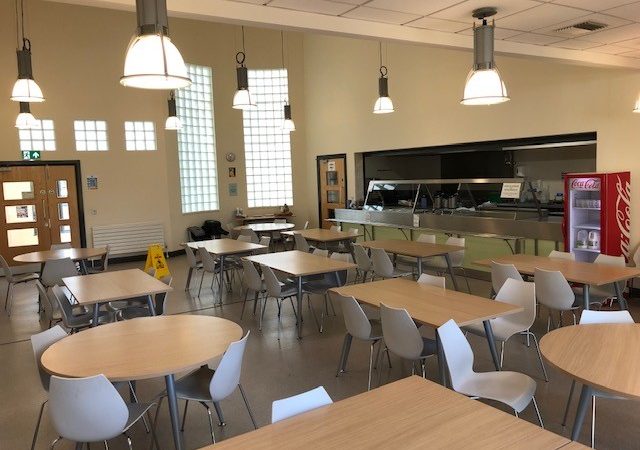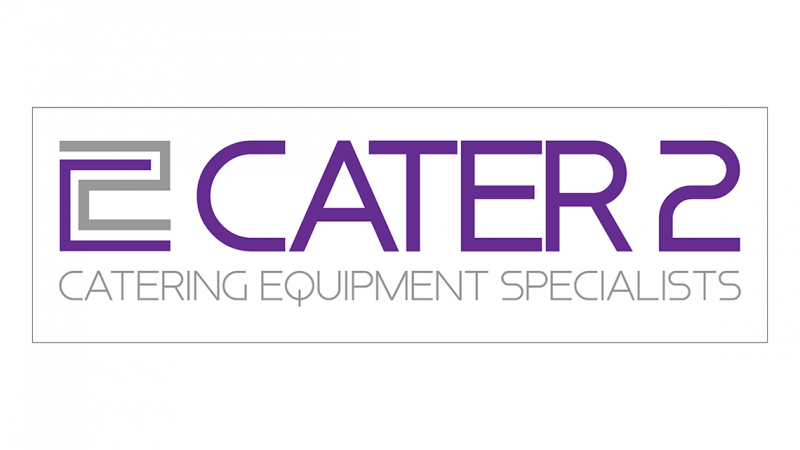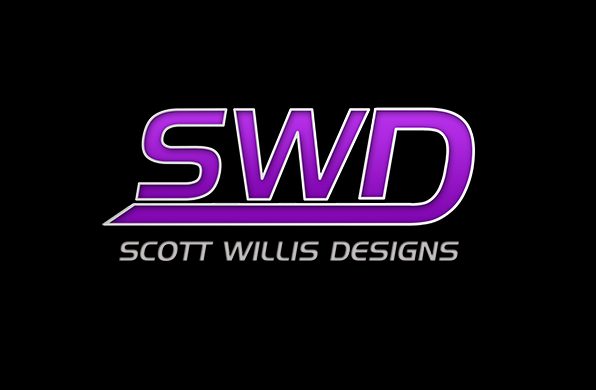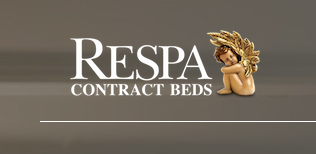KÄRCHER – Battle against Pathogens
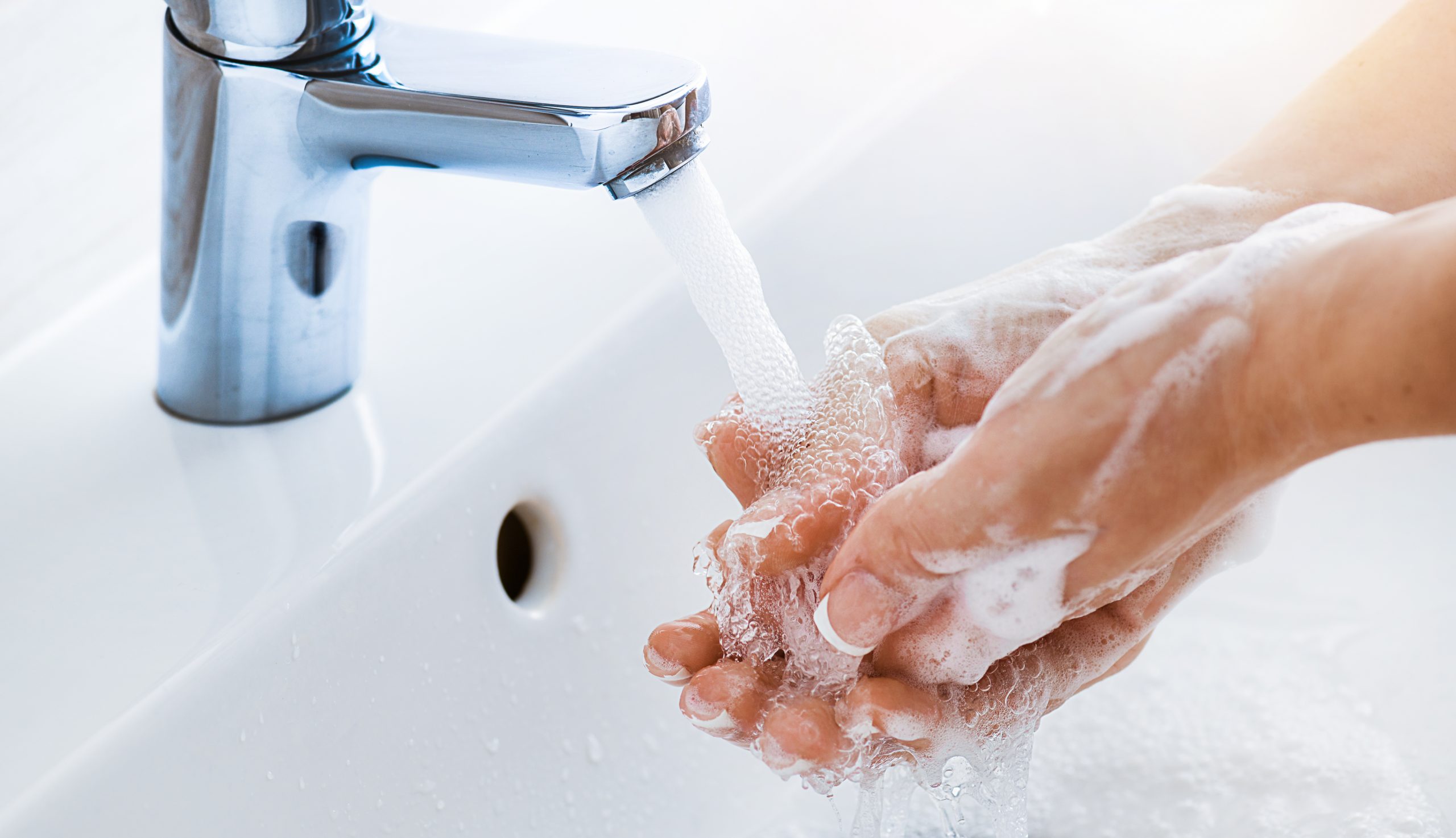
How effective cleaning measures create hygiene and safety Irrespective of whether you are looking at viruses, bacteria or fungi – some of them are pathogenic for humans, i.e. dangerous.
Cleaning plays a big role in depriving these pathogens of their living conditions. Because dirt offers microorganisms a breeding ground until they find their way into the human body and can reproduce. The risk of infection is reduced considerably in a clean, well-kept environment that is regularly cleaned. Disinfection measures are also only effective if dirt has been removed from floors, surfaces, etc., beforehand. Here is an overview of which cleaning technologies are available to fight pathogens such as the new coronavirus and how they work.
Effective also in areas that are difficult to access: professional steam cleaners. Steam cleaners and vacuum cleaners are an effective and time-saving solution thanks to the high cleaning temperature in order to ensure appropriate hygiene and combat germs or viruses. The steam emerges from the nozzle in very fine drops and, depending on the machine type, at a temperature of around 100 °C and a pressure of up to 8 bar. It is possible to not only clean walls, floors and furniture effectively, but the steam also reaches areas that are difficult to access such as rubber folds or crevices.
In order to kill viruses, i.e. neutralise them, high temperatures must be reached on the surface to be cleaned. If the surface is around 20 °C, for example, it is necessary to keep the nozzle on one area for a particularly long time until the desired temperature is reached. Tests in an independent laboratory have confirmed the effectiveness in combating viruses. The result: At maximum steam pressure and a cleaning duration of 30 seconds, the machines eliminate up to 99.999% of enveloped viruses*, such as the coronavirus or influenza, and 99.99% of household bacteria** from hard surfaces. *When spot cleaning with the Kärcher steam cleaner, i.e. a steaming duration of 30 seconds at maximum steam pressure, 99.999% of the enveloped viruses, such as coronavirus or influenza (with the exception of the Hepatitis B virus), are removed from household, smooth hard surfaces (based on PVC surface; according to EN 16615:2015-06); test germs: Modified Vaccinia Ankara virus). **When cleaning at a cleaning speed of 30 cm/s and maximum steam pressure, 99.99% of all household bacteria on household, smooth hard surfaces are killed (test germs: Enterococcus hirae). 99.999% with professional steam cleaners SG(V) according to EN 16615:2015-06, PVC floor, test germs: Enterococcus hirae ATCC 10541.
Key discipline – large areas: high-pressure cleaners. Anyone who uses high-pressure cleaners can efficiently work large areas such as ceilings, walls or floors. The machines offer the ability to reach a high hygiene standard and thus kill germs, bacteria and viruses. Depending on the area of application, models whose water pressure and volume can be controlled on the high-pressure gun are in demand. Users can use the appropriate combination to achieve the desired result without the loose dirt rebounding.
Hot-water machines accelerate the cleaning by up to 40 percent compared to cold-water models. Better results can be achieved quicker and the drying process of the clean areas is considerably shorter. A measurable germ reduction can be achieved when working with a water temperature of at least 85 °C. Not only is the dirt removed, but bacteria and viruses are also effectively combated.
In order to break chains of infection and remove all dirt residues, suitable cleaning agents can also be used. If the foaming cleaning agent is applied with a cup foam lance, this has a clear advantage: the foam is so resilient that it remains on the surface and increases the reaction time and cleaning power. Rinsing with water transports the dirt away in a controlled manner and prevents new contamination.
It is recommended to alternate between acid-based and alkaline foam cleaning products. Acids counteract the build-up of inorganic deposits such as lime, organic dirt is removed with alkaline cleaning agents. Bacteria and viruses have no adhesive surface and can also not develop any resistance to a certain agent. The only thing to remember is that tile joints must be wet before using acid-based cleaning agents so that they do not absorb the acids. Wet and dry vacuum cleaners are perfect for removing residual water. A disinfectant rounds off the
cleaning process.
For cleaner floors: Floor cleaning with scrubber driers. Apart from manual cleaning machines, scrubber driers are used for the wet cleaning of hard and elastic floor coverings. They wet and scrub the floor in a single step and immediately absorb the dirt again. The advantage over manual cleaning using a bucket is the fact that germs are permanently removed by the absorption of the dirt and do not collect in a cleaning textile. The risk of recontamination is therefore minimised. Also the risk for the cleaning staff of contracting pathogens via their hands is reduced with the contactless floor cleaning.
Floor disinfection with scrubber driers Scrubber driers can generally also be used to disinfect floors. For this application, both the correct dosage of chemicals and the exact contact time in line with manufacturer specifications must be observed.
There are two ways of achieving the correct dosage: 1. The best way to achieve the application concentration is through automatic dosing in decentralised disinfectant dosing units located, for example, in the equipment room. 2. As an alternative, the disinfectant solution can be prepared in the correct ratio using a measuring cup, for example. The disinfectant solution is then filled into the fresh water tank of the scrubber drier. Dosing systems integrated in scrubber driers are not suitable for this. A sufficient amount of the active ingredient has to reach the floor surface to successfully disinfect it. To achieve this, the flow volume in relation to the floor covering should be selected such that even wetting can be ensured. Microfibre textiles or pad materials are a helpful tool – brushes are less suitable. It is essential to use the one-step method – that is not using suction – in order to adhere to the required contact time. The disinfectant solution is only applied to the floor with the scrubber drier. The area is then allowed to dry.
Against contact infections: meticulous surface cleaning. Cleaning surfaces plays an important role in the prevention of disease transmission through contact infection – especially where people regularly congregate. In order to protect the user, he should always be vigilant about personal protective equipment and wear gloves. The key point with surface cleaning is that cleaning textiles are changed frequently enough and not put back into the cleaning fleet.
With the change cloth method, for example, a fresh cloth is used for each new object within an area to be cleaned, whether it is a toilet, office or room. This provides effective protection against carryover. The 16-side method originally stems from the healthcare sector and is used with ready-to-use cleaning agents. The cleaning cloth is folded in half four times so that there are a total of 16 sides. Each surface can be wiped with a fresh side wet with cleaning agent – when each side is used, the cloth is discarded and a new one is used.
If contaminated surfaces should be chemically disinfected, there are disinfectants and disinfectant cleaners, which, depending on the version, can have a virucidal effect against enveloped viruses such as the coronavirus. In the case of heavy contamination the surface must be cleaned first. After the drying time the disinfectant is mixed with tap water according to the defined ratio. The solution must be applied to the entire surface and allowed to take effect. Then the surface is rinsed with fresh water, in the food processing industry with drinking water. If the surface is slightly dirty, disinfectant cleaners can be used, which clean and disinfect in one step.
Cleaning as needed: Digital support to combat pathogens Using software or apps that digitally represent processes for all tasks of building service contractors, adjustments to daily cleaning tasks can be made quickly and without physical contact and adopted to the cleaning plan. Real-time communication enables customers, facility managers and cleaners to quickly exchange information. Special tasks like additionally disinfecting door knobs or other surfaces can be reliably planned and communicated in this way.
It’s worthwhile:
Cleaning is more than just a pretty face. Many people are aware that cleaning increases our sense of well-being, makes our surroundings look better and maintains the value of buildings or machines. The fact that it is also a significant component in the battle against pathogens is shown in the number of high-performance technologies which deprive the harmful microorganisms of living conditions, thus ensuring safety and hygiene. Deep cleaning is proven to remove over 90 percent of the microorganisms and germs from surfaces. It is worthwhile to invest in appropriate machines and the necessary know-how and expertise in order to curb the spread of diseases.
Virus, bacteria or fungus: the world of potential pathogens (box). Viruses such as the coronavirus SARS-CoV-2 are around 20 to 300 nanometres. In some instances they survive a long time in the air and are contagious. In order to survive on a permanent basis, they must penetrate into animal, plant or human cells and use these living cells as host cells. Not all viruses cause diseases – the immune system often responds quickly enough. Bacteria are significantly bigger than viruses at 0.1 to 700 micrometres and as a single-cell organism are able to support themselves. They can survive a very long time in the environment or in the body and are very adaptable. Only one percent of all bacteria cause illnesses or diseases – in this case antibiotics are used to treat the illness or disease. Fungi exist in nature and in the body, and only a few of them cause illnesses or diseases. Yeast fungi, for example, belong to our skin flora and only penetrate into the body when the natural skin barrier is damaged or the immune system is weakened. Then fungi cause so-called mycoses, which generally affect skin, nails or mucous membranes.
What can every individual do? Tips for at home and out and about. (box) Personal hygiene always helps to avoid illnesses and diseases and at the moment is very important. Within your own four walls the following measures help to protect you and others: – Observe proper coughing and sneezing etiquette, keep at least one metre between you and others and sneeze or cough into the crook of your arm – If members of your household fall ill, adopt spatial separation measures where possible – Let air into rooms or use an air purifier – If you fall ill, work from home and do not make unnecessary journeys – In the case of corona infections, avoid contact with risk groups These rules also apply when you are out and about. In addition, you should adopt the following measures for your own safety: – Observe 1.5 to 2 metre distance to other people. – Avoid shaking hands or hugging. – Regularly clean and disinfect surfaces such as the steering wheel in the car, door handles, mobile phones, etc. – Avoid non-essential trips (holidays), the use of public transport, as well as large events.
For good air: air purifier (box). Clean, germ-free air is extremely important in the working world, for instance in offices, public or medical facilities. Poor air quality can generally lead to health problems, diminished performance capability and lost work time among employees. But infectious germs can also be spread in the air. Depending on the version, air purifiers can provide a remedy by fighting germs in the air and cleaning the room air.
There are models available on the market which use the electrostatic charging of minute particles such as viruses, bacteria or allergens in order to capture and destroy them without any harmful residues. A prefilter for larger particles, as well as a three-stage filter against odours, ensure that up to 99.98 percent of all undesired pollutants are removed in rooms up to 100 square metres. The clean air is particularly pleasant for allergy sufferers or asthmatics, the risk of disease transmission is reduced.
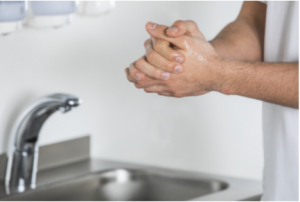
Regular and thorough hand washing with soap increases personal hygiene significantly – the entire process should take approx. 20 to 30 seconds.
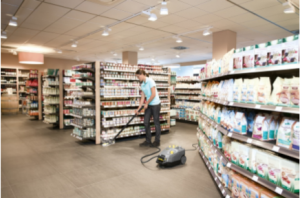
A steam cleaner creates excellent hygiene for floor cleaning thanks to the high temperatures. At maximum steam pressure and a cleaning duration of 30 seconds, the machines eliminate up to 99.999% of enveloped viruses*, such as the coronavirus or influenza, and 99.99% of household bacteria** from hard surfaces
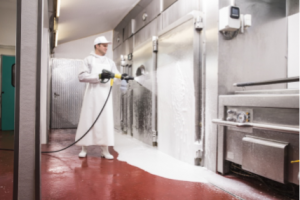
If a foam cleaning agent is used, the reaction time and thus also the cleaning power are increased thanks to its stability.
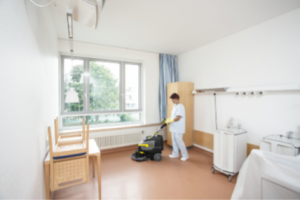
Floors can be cleaned particularly well with different types of scrubber driers – the dirt is absorbed by the machine directly after cleaning.
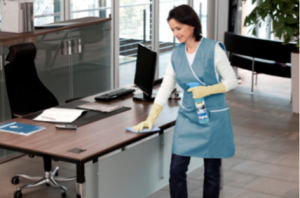
Surface cleaning is the best method to prevent contact infections…
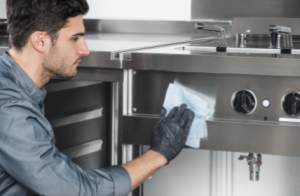
…it is important to use the right method and prevent carryover.

Depending on the version, air purifiers can provide a remedy by fighting germs in the air and cleaning the room air.


